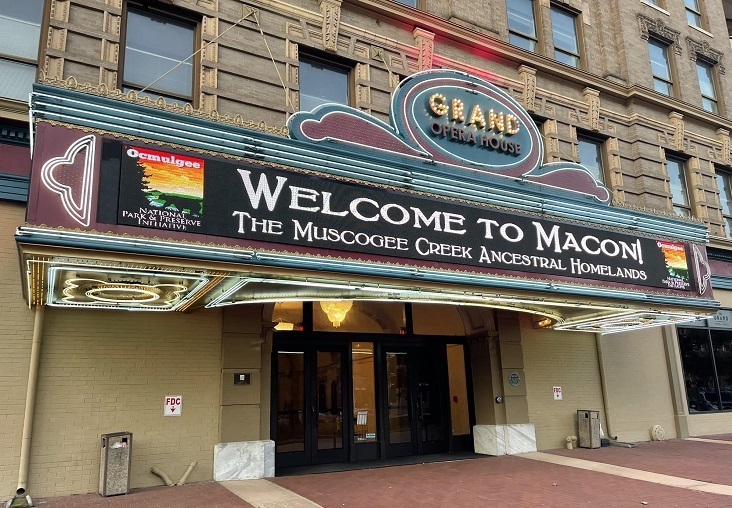I have been reading and writing about Basic Guaranteed Income programs for quite a number of years. I was interested to see that Ireland decided to make their Basic Artist Income program permanent.
But I am also cautiously optimistic based on information I read back in August suggesting that basic guaranteed income programs aren’t as successful at achieving their goals as they may seem.
On The Argument, Kelsey Piper writes that solutions to poverty will require more than just giving people cash.
Multiple large, high-quality randomized studies are finding that guaranteed income transfers do not appear to produce sustained improvements in mental health, stress levels, physical health, child development outcomes or employment. Treated participants do work a little less, but shockingly, this doesn’t correspond with either lower stress levels or higher overall reported life satisfaction.
This was the case regardless of how much people were getting. There have been separate studies conducted on programs where people received $333/month, $500/month, and $1000/month and the outcomes were similar.
In each case, compared to a control group that was getting between $20 and $50 a month, there was little change.
…$1,000 per month for three years, while the control group got $50 per month. They found that participants worked less — but nothing else improved. Not their health, not their sleep, not their jobs, not their education, and not even time spent with their children. They did experience a reduction in stress at the start of the study, but it quickly went away.
To be clear, these studies found that people weren’t spending the extra money on “vice goods,” but rather on things they needed like food and clothing for their kids, paying down debt, etc. Different groups had different issues the money helped them with, and it definitely relieved some pressures but overall people’s lives and well-being didn’t improve.
Piper says that often journalists writing about these programs are cherry-picking those positive results from studies that are openly reporting the problems that have been observed. The promising news about these projects we often hear about are only part of the whole picture.
But the other side of this according to Piper, is that giving people money for very targeted purposes rather than a cure for all that ails a group do show promise. She cites programs giving cash to pregnant women to improve pregnancy outcomes and cash for parolees to prevent recidivism as among those currently under study.
So in that regard, the Irish program which was created to enable working artists to continue to be productive during Covid has been successful. The support has reportedly enabled artists to spend up to an additional 4 hours a week engaging in creative activities.




I've been to a few of the Science on Tap events, though I never gave a talk at one of…